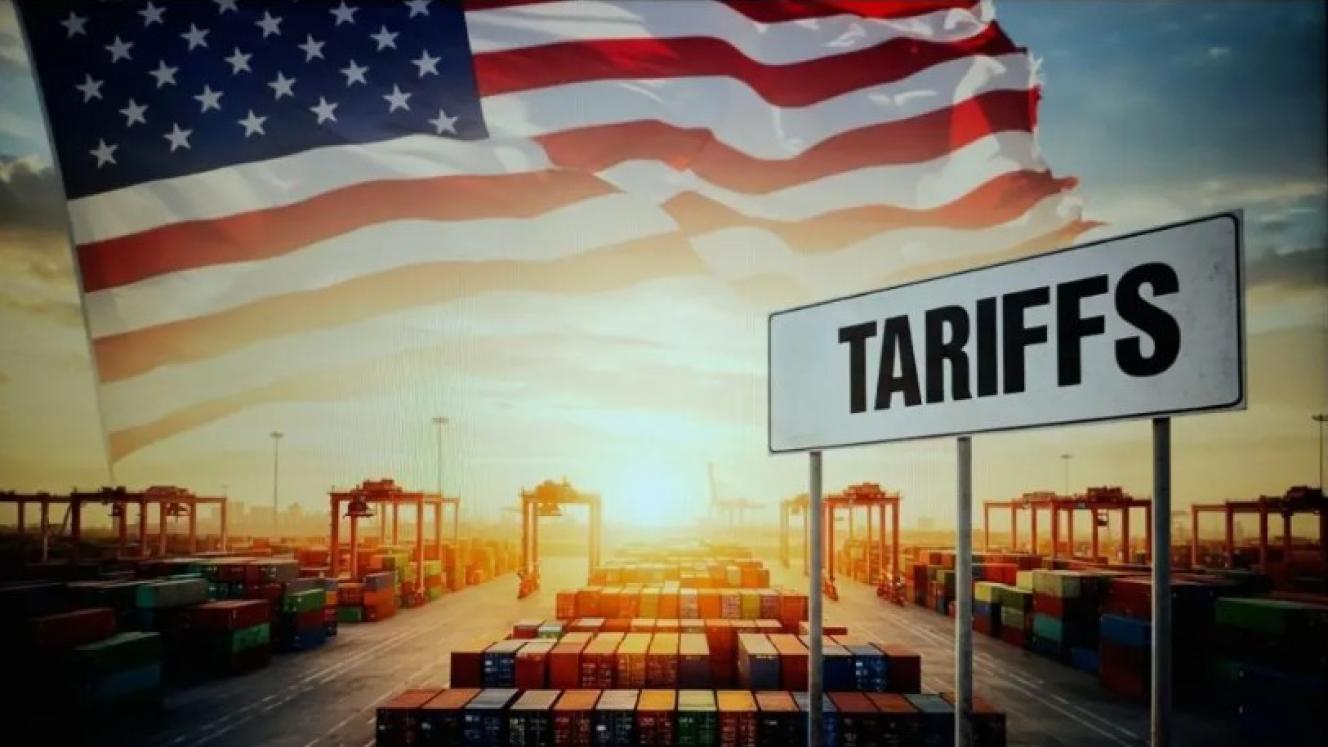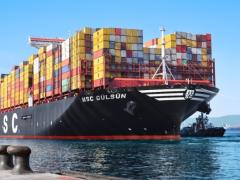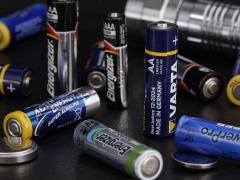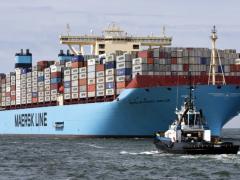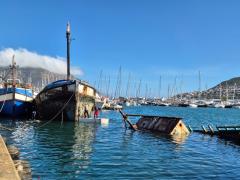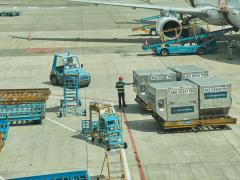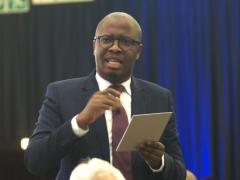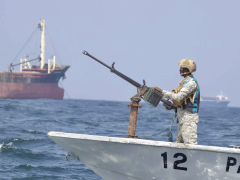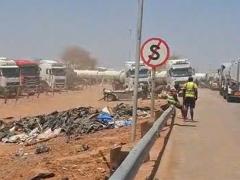Mozambique’s logistics sector is on an accelerated growth trajectory, with the government setting an ambitious target to increase the industry’s contribution to GDP from around 8% to 20% by 2027 – a clear sign of its strategic importance. “This is good news,” said Shaun Botha, general manager of J&J Transport Africa. “Mozambique is increasingly positioning itself as a key logistics gateway for southern Africa. We’re seeing this vision supported by significant investment in digitalisation, port upgrades, rail modernisation and customs automation.” He added that the rollout of modern terminal operating systems, automation in container handling and enhanced customs processes was already translating into greater efficiency and higher annual throughput across key ports and corridors. According to Botha, multiple strategic opportunities within Mozambique are set to enhance trade flows across the region. “One of the standout areas of opportunity lies in railway expansion and modernisation. The government is actively revamping its rail infrastructure – not only through the procurement of new locomotives and wagons, but also by duplicating key lines to increase capacity,” he said. “In tandem with this, we’re seeing major upgrades across key ports – particularly Maputo, Beira and Nacala. These ports are being transformed through extended quays, deepened berths and expanded terminals, all of which are vital for handling the growing volumes of containerised cargo. It’s a clear reflection of Mozambique’s ambition to become the port of choice for hinterland countries such as Zimbabwe, Zambia and Malawi.” Botha said another game-changing factor was the LNG project in the north of the country. “The scale of this project brings with it a massive ripple effect – from the demand for port infrastructure and terminals to pipelines, maritime support services and inland logistics. It’s creating opportunities not just in transport, but in integrated supply chain solutions that link energy to export.” According to Botha, these infrastructure investments are already paying off in terms of trade activity. “We’ve observed a steady increase in cargo volumes moving in and out of Mozambique, driven primarily by strong demand for mineral exports such as copper, chrome and lithium,” he said. “Cobalt, although currently under an export ban from the DRC, is expected to further boost volumes once the ban is lifted in the near future.” On the import side, he added, rising agricultural output was fuelling greater demand for fertilisers and agrochemicals. This trend underscores Mozambique’s growing role as a vital trade link between the region’s production hubs and international markets. “As the logistics industry, it is imperative that we continue engaging with the relevant authorities and role players to ensure process efficiency across the supply chain. The longer a product takes to move, the more expensive it becomes for the end customer,” he said. “An efficient supply chain with modern procedures, capabilities and integrated systems should by definition attract more cargo.” Building on this vision for greater efficiency and integration, Botha said J&J Transport Africa was implementing several key developments aimed at enhancing its service offering in Mozambique. “With J&J Group now being a DP World company, we’re able to provide comprehensive, end- to-end supply chain solutions to both existing and prospective clients, effectively creating a one-stop shop for logistics and transport services. This positions us to deliver seamless, integrated solutions across the supply chain,” he explained. Looking ahead, Botha described Mozambique’s trajectory as both exciting and full of potential. “The country is increasingly emerging as a critical logistics hub in the region, driven by its strategic location, preferred port status, and growing infrastructure investments,” he said. LV
